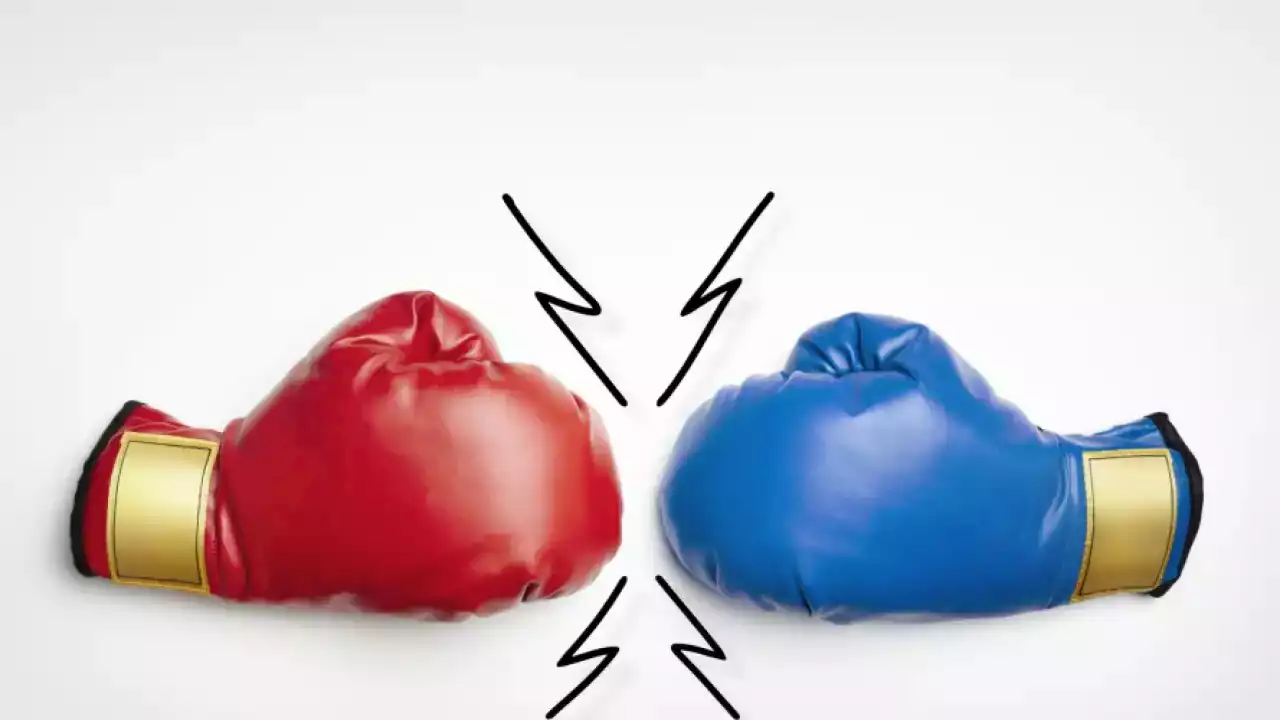From Gough Whitlam to Anthony Albanese, and Sir Robert Menzies to Scott Morrison, here's a brief history of Australia's two major parties that have taken turns in leading the country for decades.
With polling day for the 2022 federal election set for 21 May, the nation's two major parties are attempting to sell their messages to voters in the hope of emerging victorious.But how did the modern Liberal and Labor parties get to where they are today, and who are the key figures that have shaped them?
Sir Robert was an advocate of the 1901 Immigration Restriction Act – more commonly known as the "White Australia Policy".As Opposition leader, he blocked the passing of then Labor prime minister Gough Whitlam's Budget bills through the Senate between October and November 1975. "To imagine that a government would be rocked by this sort of disloyalty and deliberate insurgency, is the best way to describe it - deliberate, destructive action," Turnbull said.READ MOREMr Turnbull won the first against Mr Dutton but didn't stand in the second with then Treasurer Scott Morrison, who defeated Mr Dutton to become the Liberals' third prime minister in less than two terms of government - the nation's seventh since 2007.
Dr Peter Chen, senior lecturer in the government and international relations at the University of Sydney, said Liberal Party has always had divisions within its ranks since its formation in 1944. The leadership rivalry returned soon after Kevin Rudd swept to power with a healthy majority in 2007.
